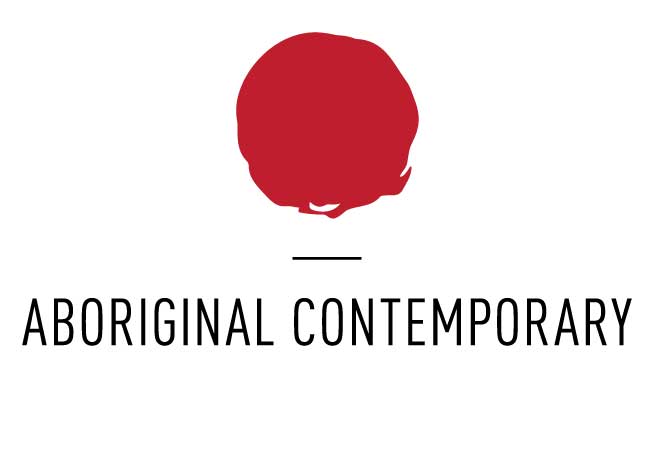Papunya, the Western Desert and dot paintings. The beginning of the contemporary Aboriginal art movement.
September 01, 2017
The Western Desert art movement or the Papunya art movement is generally considered to be the beginning of contemporary Aboriginal art, in spite of the work that came out of Hermannsburg and Ernabella in the 1930s and 40s (as discussed in our previous blog posting) and of course, the visual expression of culture that has existed in Aboriginal life since inception.
This art movement came out of a change in the lives of Western desert Aboriginal people. Following the introduction of award wages and citizenship for Aboriginal people in the late 1960s, the Australian government moved several Aboriginal language groups (Pintupi, Luritja, Walpiri, Arrernte and Anmatyerre) together into a settlement called Papunya, which is about 240kms from Alice Springs in the Northern Territory. Like other Aboriginal groups that were moved to bigger settlements all over Australia, the aim was to assimilate Aboriginal people into Western Culture.
At Papunya, a teacher called Geoffry Bardon was employed at the new school. Sensing dislocation from the community, he encouraged them to paint murals in the community in order to instill a sense of ownership and belonging. A group of Aboriginal men became interested and started their own paintings and murals[1], telling their own stories and Dreaming. Bardon supported their work by providing brushes, canvas and paints. In 1972 the artists successfully established the Papunya Tula artist collective[2] and they continued to paint and create an art movement and style that has become an international symbol of Aboriginal art and culture all over the world.
The Museum and Gallery of the Northern Territory has designed an exhibition called tjunguṉutja-From having come together which reexamines the genesis of the Papunya art movement by revealing the experiences and perspectives of the Aboriginal people who were involved in its birth; whose experiences and narratives have often been left out of the history accounts.[3]
Pictured 1: Front cover of the Museum and Gallery of the Northern Territory's publication tjunguṉutja-From having come together .
Pictured 2: Tutuma Tjapangati, One Old Man's Dreaming, 1971, natural earth pigments and boncrete on composition board. From the Anthony and Beverly Knight Collection of early Papunya art.
[1] Luke Scholes, tjunguṉutja-From having come together, 2017, p. 130.
[2] http://papunyatula.com.au/history/
[3] http://www.magnt.net.au/tjungunutja
